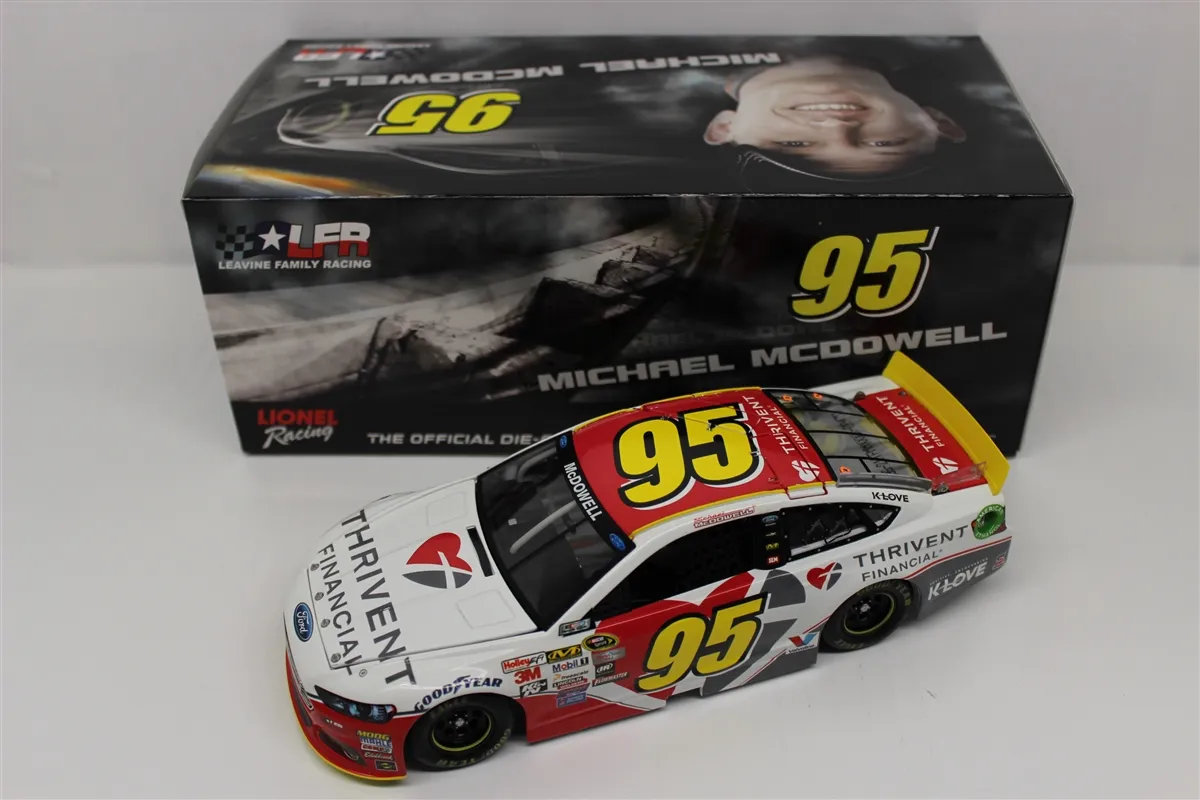The Journey Begins Design and Prototyping
The creation of a NASCAR diecast model is a fascinating process, starting with the design phase. This initial stage is critical as it sets the foundation for the entire manufacturing process. Designers and engineers work collaboratively, using the latest technology to capture the intricate details of the actual race car. The objective is to create a miniature replica that is as accurate as possible, considering factors like the car’s shape, sponsor logos, and unique features. This meticulous approach ensures the final product is a highly collectible item that resonates with fans.
Initial Design and 3D Modeling
The first step in the design phase is often the creation of initial sketches and concepts. These sketches evolve into detailed 3D models using specialized computer-aided design (CAD) software. The 3D modeling process is where the diecast car’s virtual form takes shape. Designers meticulously recreate every curve, angle, and surface detail of the real NASCAR vehicle. This digital model serves as the blueprint for the subsequent stages of production, ensuring a high degree of accuracy in the final diecast. The level of detail incorporated into the 3D model is paramount, affecting everything from the car’s aerodynamics to the placement of sponsor decals.
Creating the Prototype
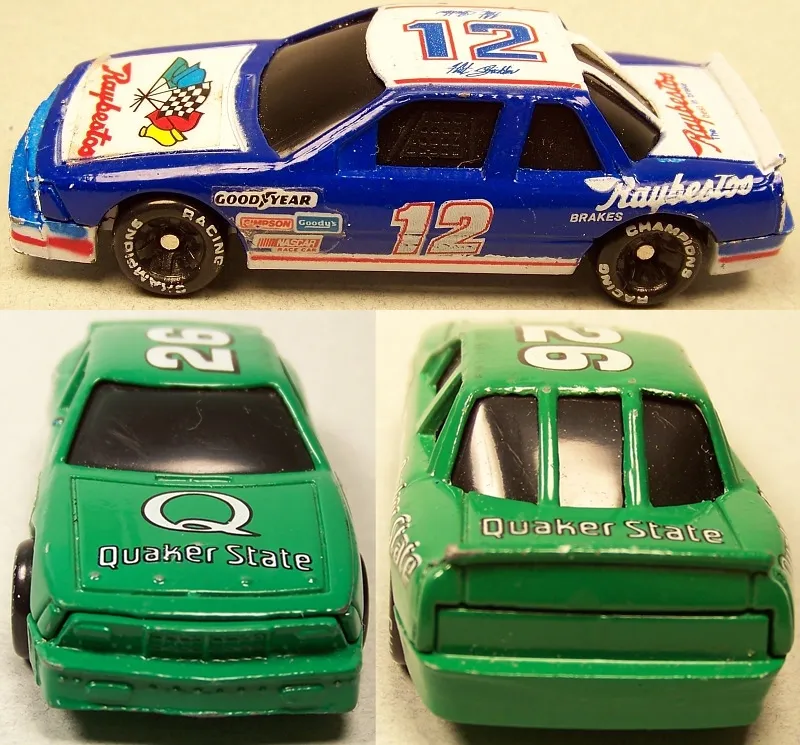
Once the 3D model is finalized, a prototype is created. This physical model is typically made using 3D printing technology or other rapid prototyping methods. The prototype serves as a tangible representation of the diecast car and allows designers and engineers to assess its design, identify potential issues, and make necessary adjustments before mass production begins. The prototype is also used for testing and refinement, ensuring the model meets quality standards and accurately reflects the intended design. This step is crucial in catching any errors early on in the process, saving time and resources down the line.
Materials and Manufacturing
After the design and prototyping phases, the focus shifts to manufacturing. This involves selecting appropriate materials and utilizing various production techniques to create the diecast car. The primary materials used in NASCAR diecast production are typically metal alloys, especially zinc alloys, for the body and chassis. Plastics are also used for components like tires, interior details, and other parts. The manufacturing process is a combination of precision engineering and skilled craftsmanship, ensuring the final product is a durable and visually appealing collectible.
Die-Casting the Body
The die-casting process is the cornerstone of diecast car manufacturing. Molten metal alloy is injected under high pressure into a mold, which is a precise negative of the car’s body. This process allows for the creation of intricate details, such as the car’s body lines, door panels, and other features. The metal cools and solidifies within the mold, taking the shape of the car. This method is highly efficient and enables the production of large quantities of diecast cars with consistent quality. The precision of the die-casting process is essential for achieving accurate dimensions and replicating the car’s design faithfully.
Preparing the Diecast Body
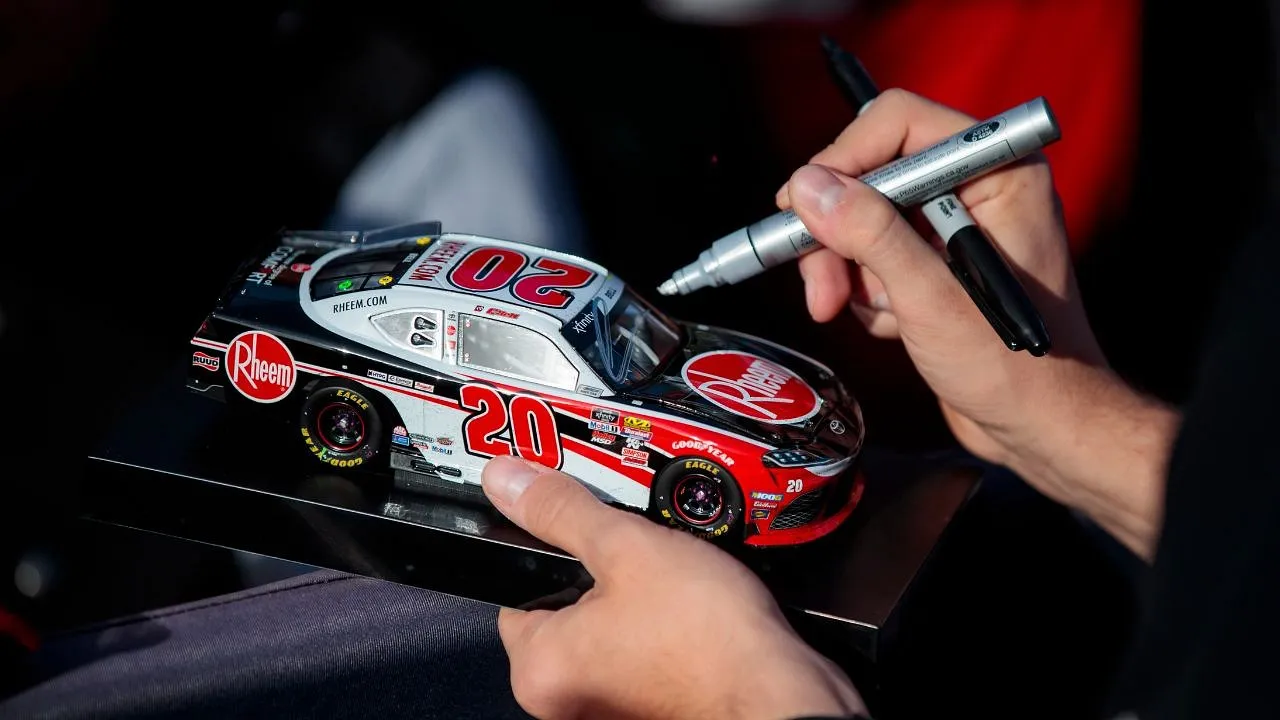
Once the body is cast, it undergoes a series of finishing processes. This may include trimming excess material, removing imperfections, and preparing the surface for painting. The body is carefully inspected to ensure there are no defects that would compromise the final product’s quality. This preparation stage is essential for achieving a smooth, even surface for the paint application. Any imperfections or blemishes are addressed to ensure the diecast car looks its best. The body may also be polished or treated to enhance its appearance and prepare it for the painting process.
Painting and Decoration
Painting and decoration are critical steps in bringing the diecast car to life. The painting process involves applying several coats of paint to the car’s body, replicating the colors and finishes of the actual NASCAR vehicle. This process requires skilled painters and precision equipment to ensure a flawless finish. The application of sponsor logos, graphics, and other details is also a crucial part of this stage, as these elements are essential for creating a realistic replica. The paint and decoration processes are labor-intensive, but they are essential for creating an attractive and highly detailed diecast model.
Applying Base Coats
The first step in the painting process is the application of base coats. These coats provide the foundation for the final color scheme and create a smooth surface for the subsequent layers. The base coats are carefully applied to ensure even coverage and a consistent finish. The color of the base coats may vary depending on the car’s design and the final color scheme. This stage is crucial for achieving a high-quality paint job, as it sets the stage for the application of detailed graphics and decals. The base coats must be allowed to dry properly before proceeding to the next stage.
Detailed Graphics and Decals
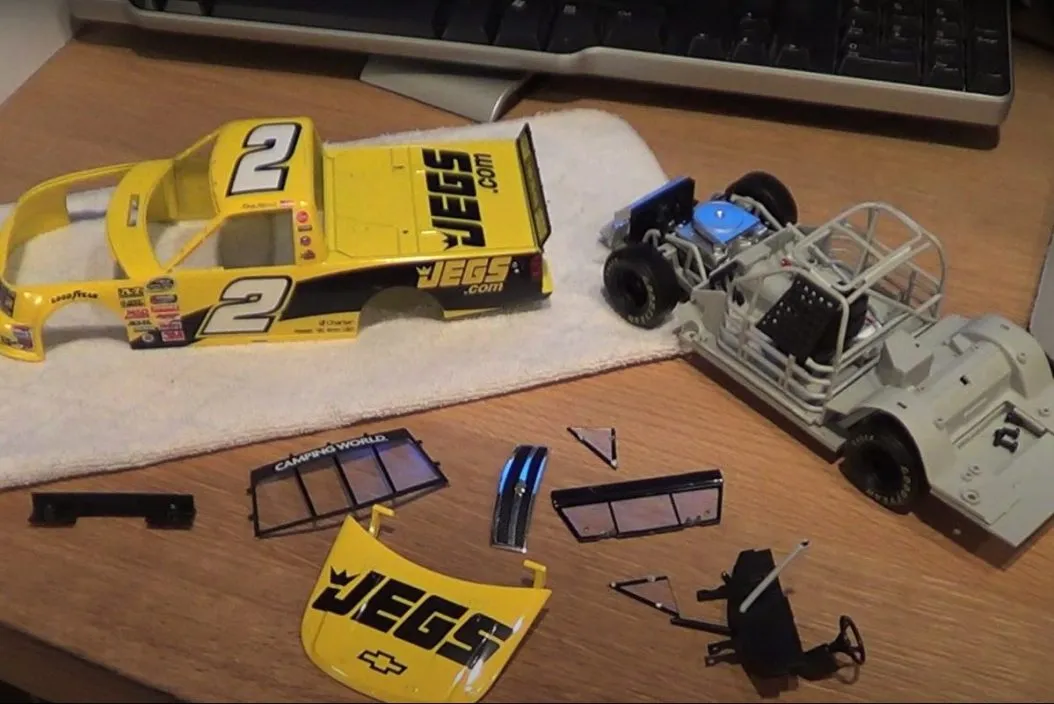
After the base coats are applied, detailed graphics and decals are added to the car’s body. These include sponsor logos, team branding, racing stripes, and other design elements. The decals are meticulously placed using precise techniques to replicate the exact appearance of the real NASCAR car. This stage requires skilled workers who are experienced in applying decals and ensuring they are properly aligned. The level of detail in the graphics and decals is often a key factor in the collectibility of the diecast model. The graphics and decals are carefully applied to create a visually stunning replica of the race car.
Assembly and Quality Control
The final stages of production involve assembling the various components of the diecast car and performing quality control checks. The chassis, wheels, tires, interior details, and other parts are carefully assembled to create the complete model. Quality control is crucial throughout the entire process to ensure the diecast cars meet the highest standards of craftsmanship and accuracy. Each assembled car is thoroughly inspected to ensure all components are properly attached and the model accurately reflects the design. This meticulous attention to detail is what makes NASCAR diecast models highly sought-after collectibles.
Wheel and Tire Assembly
The wheels and tires are essential components of any diecast car. They are typically made of rubber or plastic and are carefully assembled onto the chassis. The wheels and tires are often designed to replicate the appearance of the real NASCAR car’s wheels and tires. The assembly process involves attaching the wheels to the axles and ensuring they rotate smoothly. The quality of the wheels and tires can significantly impact the overall look and feel of the diecast model. The proper alignment and attachment of the wheels and tires are crucial for the model’s visual appeal and playability.
Final Inspection
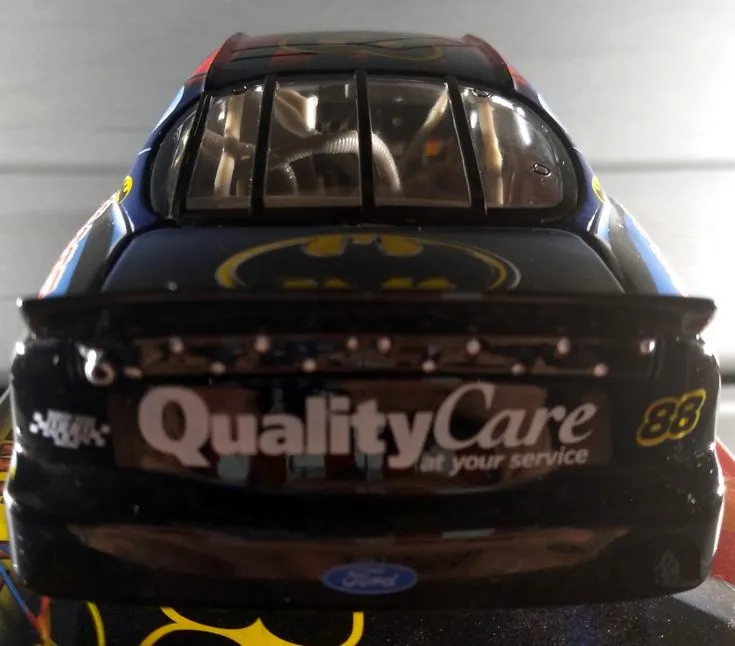
Before the diecast cars are packaged and shipped, they undergo a final inspection. This inspection involves a thorough review of each car to ensure it meets all quality standards. Any defects, such as paint imperfections, misaligned decals, or loose parts, are addressed before the model is approved for sale. The final inspection is a critical step in ensuring that collectors receive a high-quality product that meets their expectations. The inspectors carefully check every detail of the diecast car to make sure it is perfect. The goal is to ensure that the diecast cars are accurate, durable, and visually appealing.
The creation of NASCAR diecast models is a complex process involving intricate design, precision manufacturing, and meticulous attention to detail. From initial concept to final inspection, each step contributes to the creation of a high-quality collectible that celebrates the excitement of NASCAR racing. These miniature replicas are not only cherished by fans but also represent a testament to the artistry and craftsmanship involved in their production.
